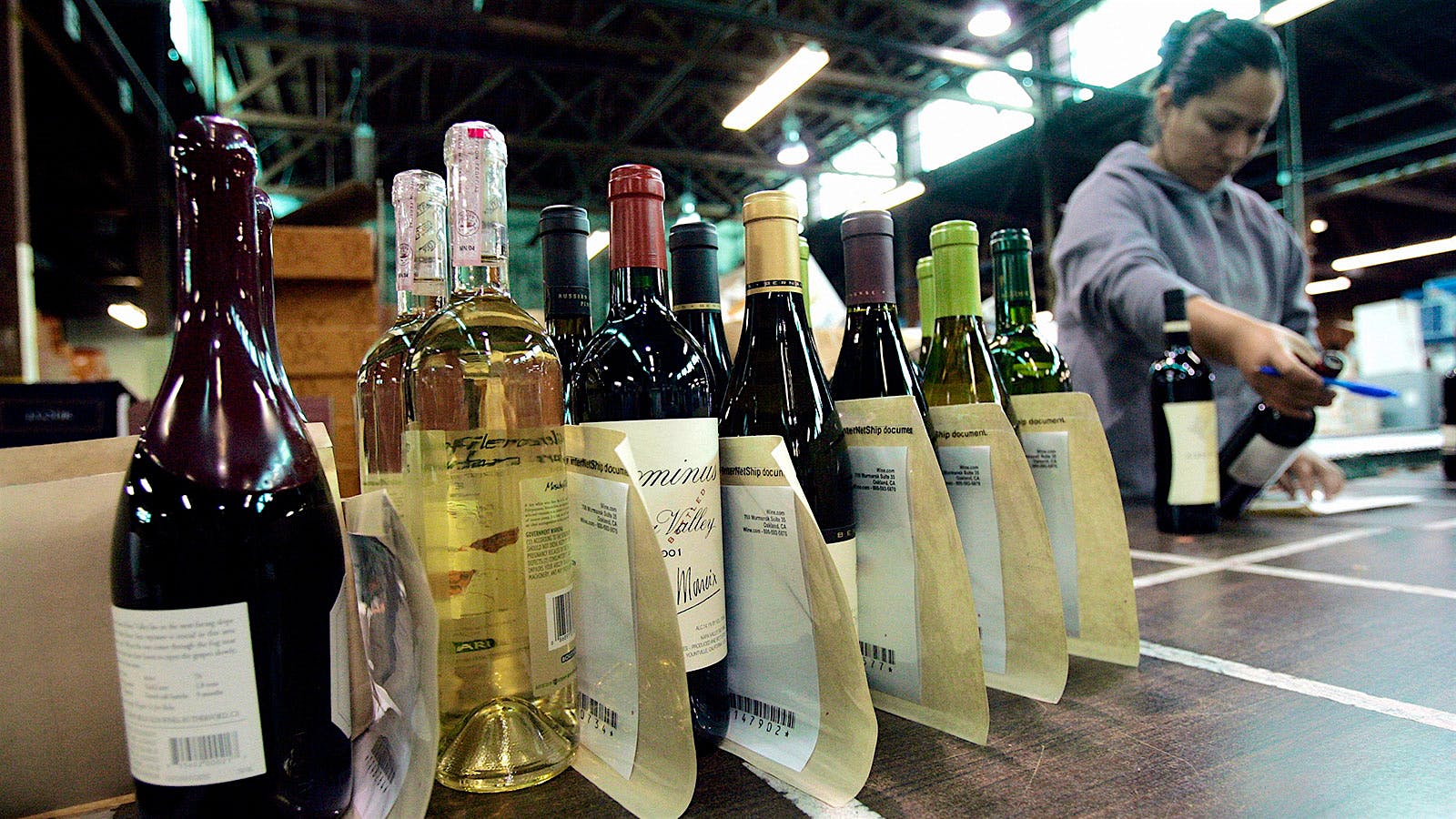India’s wine industry stands at a fascinating crossroads, balancing immense potential with formidable obstacles. Despite being less than two decades old, the sector has shown remarkable resilience, with success stories like Sula Vineyards proving that profitability is achievable. However, the journey remains arduous for most producers, with three out of four small wineries either shutting down or struggling to survive. The challenges are multifaceted, ranging from climate-related agricultural issues to complex regulatory frameworks and market dynamics.
As global wine consumption patterns evolve and Indian consumers develop more sophisticated palates, understanding these challenges becomes crucial for the industry’s sustainable growth. The stakes are high – India’s wine market represents less than 1% of the alcoholic beverage sector, indicating massive untapped potential. Yet realizing this potential requires overcoming significant hurdles that test even the most determined winemakers.
Climate Change: The Invisible Enemy
Erratic Weather Patterns Disrupting Traditional Cycles
Climate change poses perhaps the most existential threat to Indian winemaking. Rising temperatures are causing rapid grape ripening, resulting in smaller fruit sizes and elevated sugar levels that compromise wine freshness and complexity. The lack of consistent climatic patterns, governed by uneven rainfall, creates unpredictable growing conditions that traditional winemaking guidelines cannot address.
Monsoon Mayhem and Seasonal Disruptions
Indian vineyards face unique seasonal challenges that differ drastically from global wine regions. The harvest occurs at winter’s end rather than summer’s conclusion, preventing proper vine dormancy and forcing plants into continuous production cycles without rest periods. This leads to declining performance and shortened vine lifespans. Additionally, return monsoons during the November-December flowering stages can destroy 30-40% of crops.
Temperature and Humidity Challenges
The country’s proximity to the equator and distance from traditional grape belts create additional complications. Higher humidity and anomalous temperature conditions threaten wine regions, while phenomena like Downy Mildew become increasingly problematic due to extended monsoon periods.
Regulatory and Economic Barriers

Complex State-by-State Regulations
The wine industry grapples with inconsistent state policies and overregulation complexities. Each state maintains different label registration laws, making nationwide wine distribution a mammoth task. High entry costs, including expensive label registration charges and taxation, create significant barriers for new entrants.
Import Duties and International Competition
Foreign producers face staggering 150% import taxes on alcoholic beverages, though recent trade agreements with Australia have reduced this to 75%, with plans for further reductions. These high duties, while protecting domestic producers, also limit consumer choice and international collaboration opportunities.
Technical and Quality Control Issues
Infrastructure and Expertise Shortages
The industry suffers from a scarcity of local technical expertise, forcing startups to rely on expensive overseas consultants who often direct them to costly suppliers. Imported rootstocks are expensive and require lengthy bureaucratic processes, with quarantine mishandling potentially causing long-term vine viruses.
Quality Consistency Problems
Hygiene issues and defective wines have plagued the industry, partly due to the absence of strict governing wine laws. Unregulated blending practices, where wineries mix previous vintages without disclosure, compromise wine quality and reputation. The lack of a governing wine industry body means no appellations system exists to maintain quality standards.
Market and Consumer Challenges
Limited Consumer Awareness
Wine awareness remains elementary even among urban consumers, with most focusing primarily on pricing and taste rather than understanding wine regions, varieties, or proper etiquette. This fundamental knowledge gap creates marketing challenges for producers trying to build brand loyalty and premium positioning.
Distribution and Marketing Hurdles
Established winemakers have offered distributors unrealistic incentives, such as one free bottle per bottle sold, which newcomers struggle to match. The need for 25,000 cases annually just to break even creates additional pressure on emerging producers.
Despite these challenges, the industry shows signs of adaptation and innovation. Winemakers are implementing heat-tolerant grape varieties, efficient water management systems, and exploring new climatic zones for cultivation. Organizations like the Wine Growers Association of India are actively working to reform regulations and improve quality standards across states.


